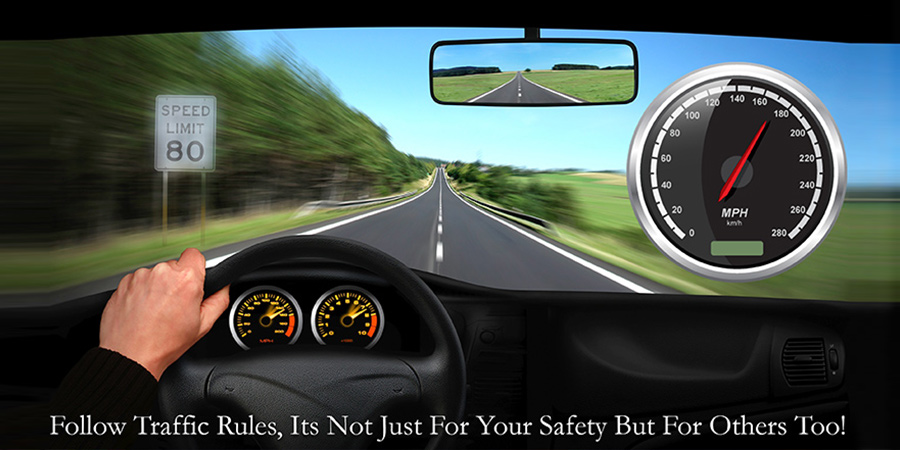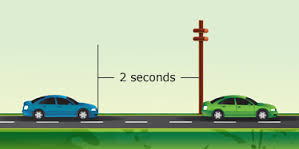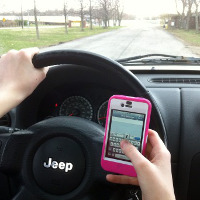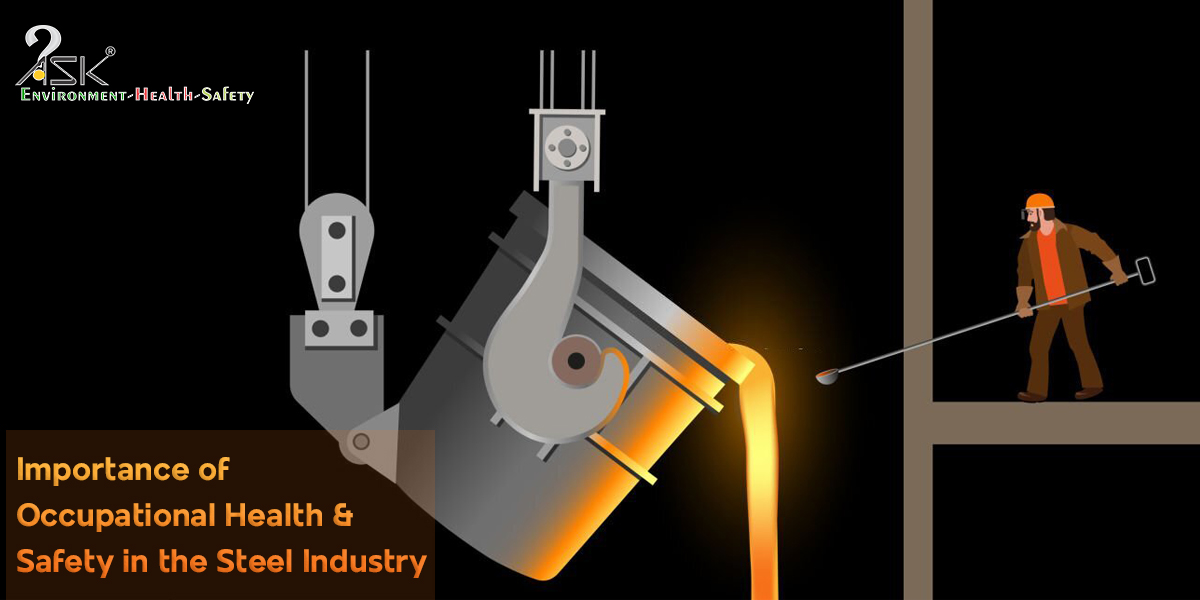3 Keys to Defensive Driving

When we are out driving on the roads, we know that not everyone drives well. Some people speed aggressively. Others wander into another lane because they aren’t paying attention. Some people driving behind us may follow too closely, make sudden turns without signaling, or crisscross in the traffic without any concern for other’s safety.
Aggressive drivers are known road hazards, causing many traffic accidents. But inattentive driving is becoming more of a problem as people “multi-task” by talking on the phone, drinking or eating as they drive. We can’t control the actions of other drivers. However, learning defensive driving skills can help us avoid the dangers caused by other people’s careless driving.
Before we get behind the wheel of our vehicles; here are some tips to help us stay in control:
1. Keep calm and be alert in traffic:
Navigating through heavy traffic is both hazardous and stressful. We have to be ready to react quickly and be prepared for:
- Sudden stops
- Disabled cars
- Cars moving in and out of lanes
- Cars crossing lanes to get to an exit
- Cars passing from any side
- Potholes, debris on the road, or construction
We must constantly scan the road ahead of us and check rear-view mirrors. We have to think about what may happen as far in advance as possible. We should never assume that a hazardous condition will have passed before we reach it. Consider the following scenarios:
- You see an approaching vehicle starting to pass another car. It looks like they will complete the pass in plenty of time, but you are not really sure. Think about your defenc
- You see a vehicle on the shoulder of the road—you can’t see the driver anywhere outside the vehicle. What if the door of the vehicle is opened as you pass the vehicle? What would you do?
- You are traveling along a residential street. The vehicle approaching is a convertible with its top down. On the same side of the street you see a lawn sprinkler that is spraying water onto the roadway. What do you think the approaching vehicle will do and how would you react?
Of course there are countless more possibly dangerous scenarios, so we have to look beyond the bumper of the vehicle in front of us and stay alert for any situation that could potentially develop into an accident.
2. Maintaining Proper Following Distance:

This is one of the most commonly broken defensive driving rule in the history of driving. A safe following distance is just as important, if not critical, than keeping safe speed. After all, we could be going at 100 kmph but as long as there is enough space between us and other vehicles, we will never hit anyone. For some reason, it is human nature to hang out in packs and that is very evident with driving patterns.
Everyone tends to drive from stop light to stop light in packs and if you leave too much space between you and the vehicle in front of you on the expressway, be prepared to get cut off. So how, exactly, do we keep a safe following distance? This defensive driving tip could literally save lives. We can follow the “Two-second” rule. Stay at least two seconds behind the driver in front. To gauge distance, start counting 1,001, 1,002 when the car in front passes a utility pole or other roadside landmark. If you reach the utility pole before counting 1,002, you are following too closely. In bad weather, add more time. A safe following distance depends on your speed. The faster you are going the more space one needs between cars. If you reach the object before you are done counting, then you are following too closely. If driving conditions are bad, increase your following distance.
3. Reducing Driving Distractions
 Remember back when cars didn’t even have cup holders? At that time, cars were just cars. These days, cars have on-board computers, GPS systems, satellite radios and even flat screen televisions. Let’s also not forget how many people eat or text and drive at the same time, or even get distracted by passengers in the vehicle. From people driving pets around to screaming kids in the back seat, distracted driving is everywhere. Some of those distractions can be controlled, while others can’t. Here’s how to deal with such driving distractions.
Remember back when cars didn’t even have cup holders? At that time, cars were just cars. These days, cars have on-board computers, GPS systems, satellite radios and even flat screen televisions. Let’s also not forget how many people eat or text and drive at the same time, or even get distracted by passengers in the vehicle. From people driving pets around to screaming kids in the back seat, distracted driving is everywhere. Some of those distractions can be controlled, while others can’t. Here’s how to deal with such driving distractions.
- Don’t ‘multitask’; focus only on your driving
- Don’t attend to mobile phone If it is really urgent then make use of hand’s free device to answer the phone callor better still, rest your car on the side before answering the call
- Keep the radio / stereo volume at a low level so that horns of other vehicles are clearly heard by you
- Avoid having food or drinks while driving
Share any further tips and recommendations that might help the driver keep himself and his co-passengers safe. Happy Driving!



I’m glad you talked about the dangers of driving and how to prevent an accident. Recently, my younger brother said he’d like to learn how to drive. I believe my brother could benefit from enrolling in a driving school, so I’ll be sure to suggest it and share your safety advice with him. Thanks for the information on how we shouldn’t let our temper or feelings get the best of our driving skills.
I really hope to see the same high-grade blog posts from you in the future as well.
Nice information! Thanks for this article